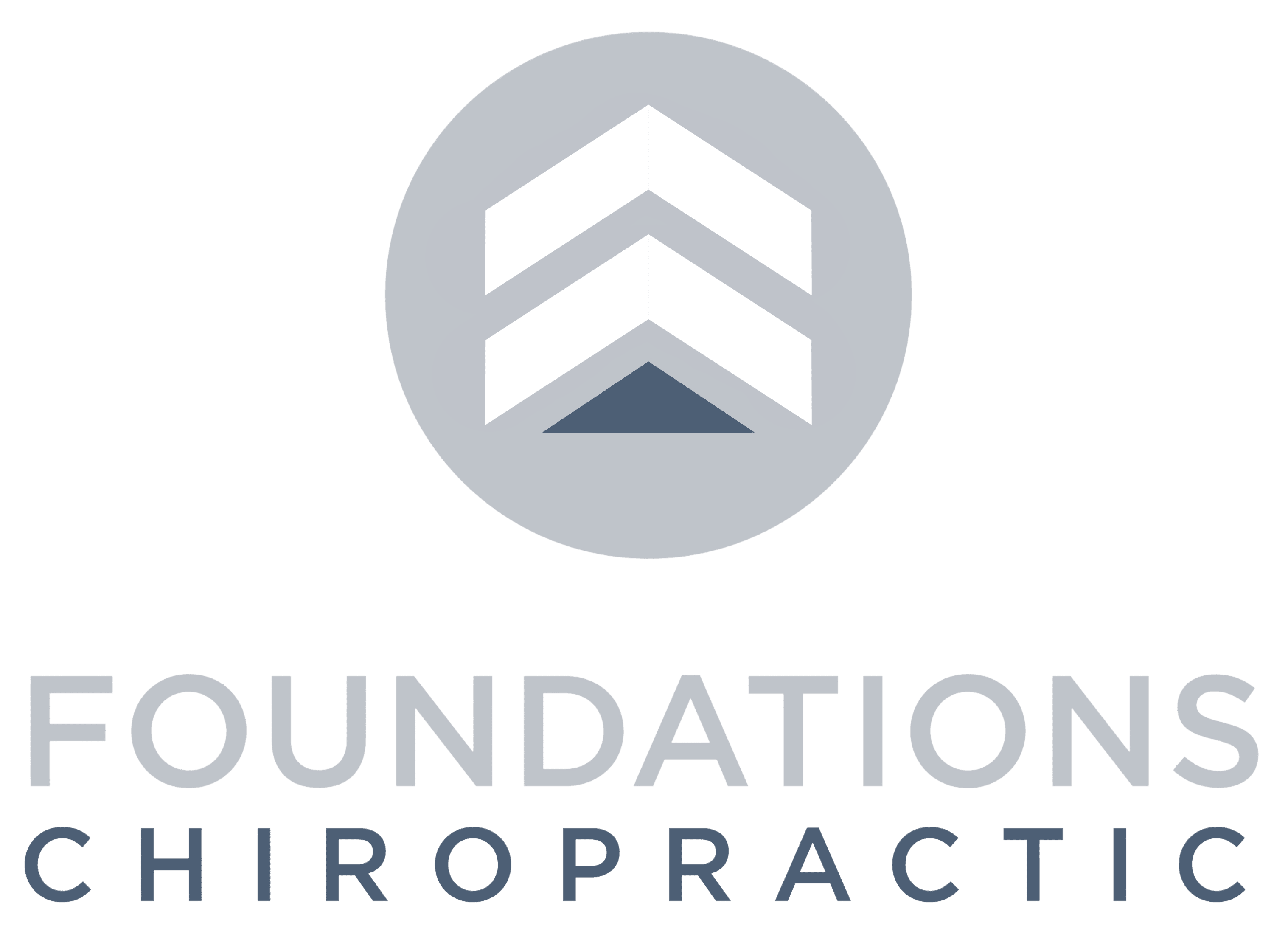If you’ve ever watched your child cover their ears in a noisy restaurant, struggle to focus in a busy classroom, or meltdown after a long school day, you know just how overwhelming the world can be for them. From the blaring sound of an alarm in the morning to the endless stimulation of screens, lights, and social interactions throughout the day, many kids are constantly navigating a world that feels too loud, too fast, and too much.
For some children, this occasional overstimulation is manageable, but for others—especially those with sensory challenges, ADHD, autism, or anxiety—it’s a daily battle that affects their ability to learn, connect, and thrive. If your child seems exhausted, irritable, or struggles with transitions, sensory overload may be the missing link in understanding their challenges.
The good news? There’s a way to help. Let’s explore what’s happening in your child’s nervous system and, most importantly, what can be done to bring them the calm and regulation they so desperately need.
What Is Overstimulation? A Neurological Traffic Jam 🚦
Overstimulation, or sensory overload, happens when the brain receives more input than it can effectively process. Imagine a traffic jam in your child’s nervous system—too many signals coming in at once, leaving them frazzled and overwhelmed.
Common triggers include:
🔹 Bright or flickering lights
🔹 Loud or sudden noises
🔹 Strong smells
🔹 Chaotic environments
🔹 Certain textures or clothing
While every child can experience overstimulation occasionally, kids with neurological differences like autism, ADHD, or sensory processing disorder (SPD) often have a much lower threshold for sensory input. Their nervous systems aren’t filtering information properly, leaving them in a constant state of fight-or-flight.
Signs Your Child is Overstimulated
Overstimulation looks different in every child, but common signs include:
🧠 Physical Signs: Headaches, nausea, fatigue, rapid heartbeat, sweating
💔 Emotional Signs: Irritability, anxiety, frequent meltdowns, feeling out of control
🚀 Behavioral Signs: Difficulty focusing, restlessness, avoiding social settings, extreme reactions to noises or textures
If your child frequently struggles with these symptoms, their nervous system may be stuck in overdrive, making it nearly impossible for them to regulate their emotions and reactions.
The Perfect Storm: What’s Really Behind Sensory Overload?
Overstimulation isn’t just a quirk—it’s often a sign of deeper nervous system dysfunction. We call it “The Perfect Storm” because multiple factors often work together to create the sensory struggles your child is experiencing.
🔹 Prenatal Stress – High maternal stress levels can “wire” a child’s nervous system for overreactivity.
🔹 Birth Trauma & Interventions – C-sections, forceps, vacuum extraction, or long, intense labors can cause stress and misalignment in the delicate nervous system, especially affecting the vagus nerve.
🔹 Early Childhood Stressors – Environmental toxins, antibiotic use, and chronic ear infections can contribute to nervous system dysregulation.
Instead of just treating the symptoms, we need to look deeper at how your child’s autonomic nervous system (ANS) is functioning—because when it’s out of balance, sensory overload becomes the norm instead of the exception.
Why Traditional Approaches Often Fall Short
Many parents turn to therapies like OT, speech therapy, or behavioral interventions to help their child cope with overstimulation. While these are incredible tools, they often don’t address the nervous system dysfunction at the root of the issue.
If your child is stuck in a constant fight-or-flight state, no amount of behavioral strategies or sensory-friendly tools will be enough to fully regulate their system. That’s why so many families see slow or minimal progress—or feel like they’re constantly hitting a plateau.
The Missing Piece: Neurologically-Focused Chiropractic Care 🧠
The nervous system controls everything—including how your child processes and responds to sensory input. When subluxation (misalignment and tension) is present in the spine and nervous system, it can disrupt communication between the brain and body, making it impossible for your child to regulate their responses to everyday stimuli.
Gentle, neurologically-focused chiropractic adjustments help reset the nervous system by:
✅ Releasing built-up stress and tension in the spine
✅ Activating the parasympathetic nervous system (aka the “rest, regulate, and digest” system)
✅ Helping the brain process sensory input more effectively
✅ Improving emotional regulation and overall adaptability
At Foundations, we use cutting-edge technology called INSiGHT Neurological Scans to measure how much stress is stuck in your child’s nervous system and where it’s creating roadblocks in their development. Instead of guessing, we can pinpoint exactly what’s going on and track real, measurable improvements as their nervous system becomes more balanced.
Finding Hope & Healing for Your Child ❤️
If you’ve tried everything—diet changes, OT, sensory-friendly strategies—but your child is still struggling, don’t lose hope. Chiropractic care may be the missing link in helping them break free from the cycle of overstimulation and find calm in a world that often feels overwhelming.
Let’s get to the root cause and help your child experience life with more ease, confidence, and joy. Click the link below to schedule a consultation and learn how neurologically-focused chiropractic care can support your child’s sensory and emotional regulation.
💙 Your child deserves to feel safe and at ease in their own body. Let’s make that a reality—together.

